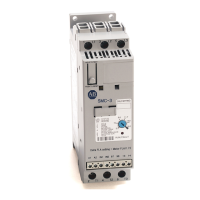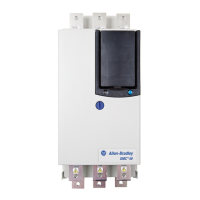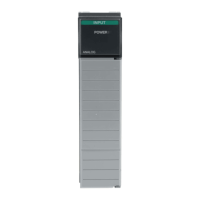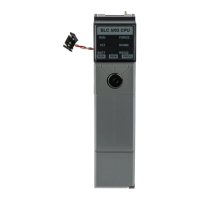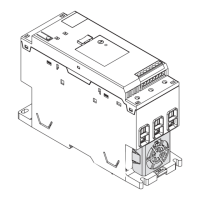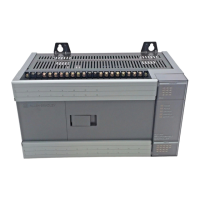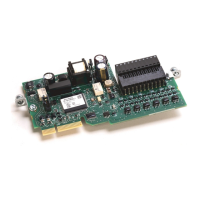176 Rockwell Automation Publication MOTION-RM002H-EN-P-February 2018
When a cam profile array is specified by an MAPC instruction, the master and
slave values defined by the cam profile array take on the position units of the
master and slave axes respectively. By contrast, the Master and Slave Scaling
parameters are unitless values that are simply used as multipliers to the cam profile.
By default, both the Master Scaling and Slave Scaling parameters are set to 1. To
scale a position cam profile, enter a Master Scaling or Slave Scaling value other
than 1.
Note that increasing the master scaling value of a cam profile decreases the
velocities and accelerations of the profile, while increasing the slave scaling value
increases the velocities and accelerations of the profile. To maintain the velocities
and accelerations of the scaled profile approximately equal to those of the unscaled
profile, the master scaling and slave scaling values should be equal. For example, if
the slave scaling value of a profile is 2, the master scaling value should also be 2 to
maintain approximately equal velocities and accelerations during execution of the
scaled position cam.
Decreasing the Master Scaling value or increasing the Slave Scaling value of a position cam increases the
required velocities and accelerations of the profile. This can cause a motion fault if the capabilities of the
drive system are exceeded.
Cam Profile Execution Modes
Execution Modes of Once or Continuous can be selected to determine how the
cam motion behaves when the master position moves beyond the start and end
points of the profile defined by the original cam table.
If Once is selected (default), the cam motion of the slave axis starts only when the
master axis moves into the range defined by the start and end points of the cam
profile. When the master axis moves outside the range of the profile, cam motion
on the slave axis stops and the Process Complete bit of the MAPC instruction is
set. Note that, contrary to the current S Class practice, slave motion does not
resume when and if the master moves back into the profile range specified by the
start and end points.
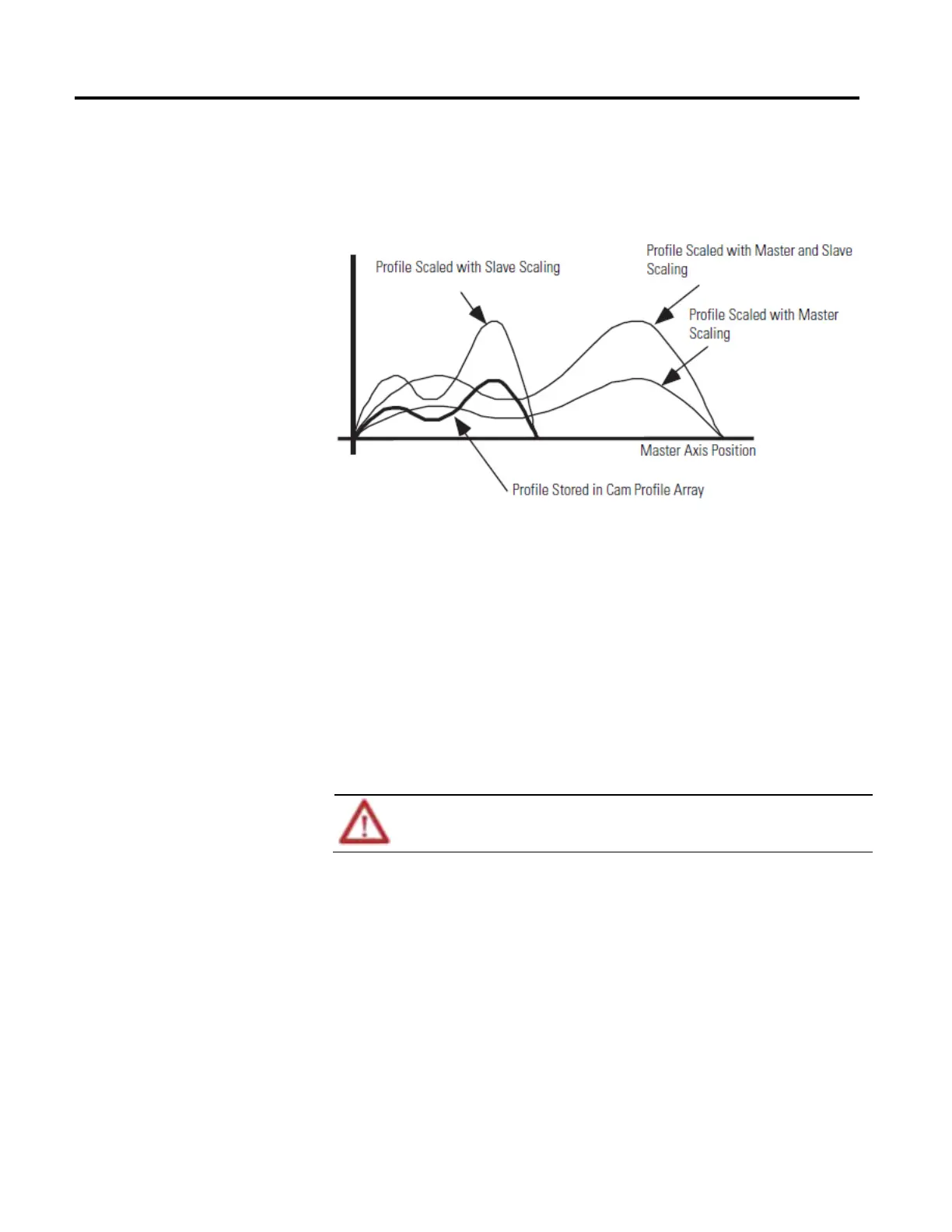